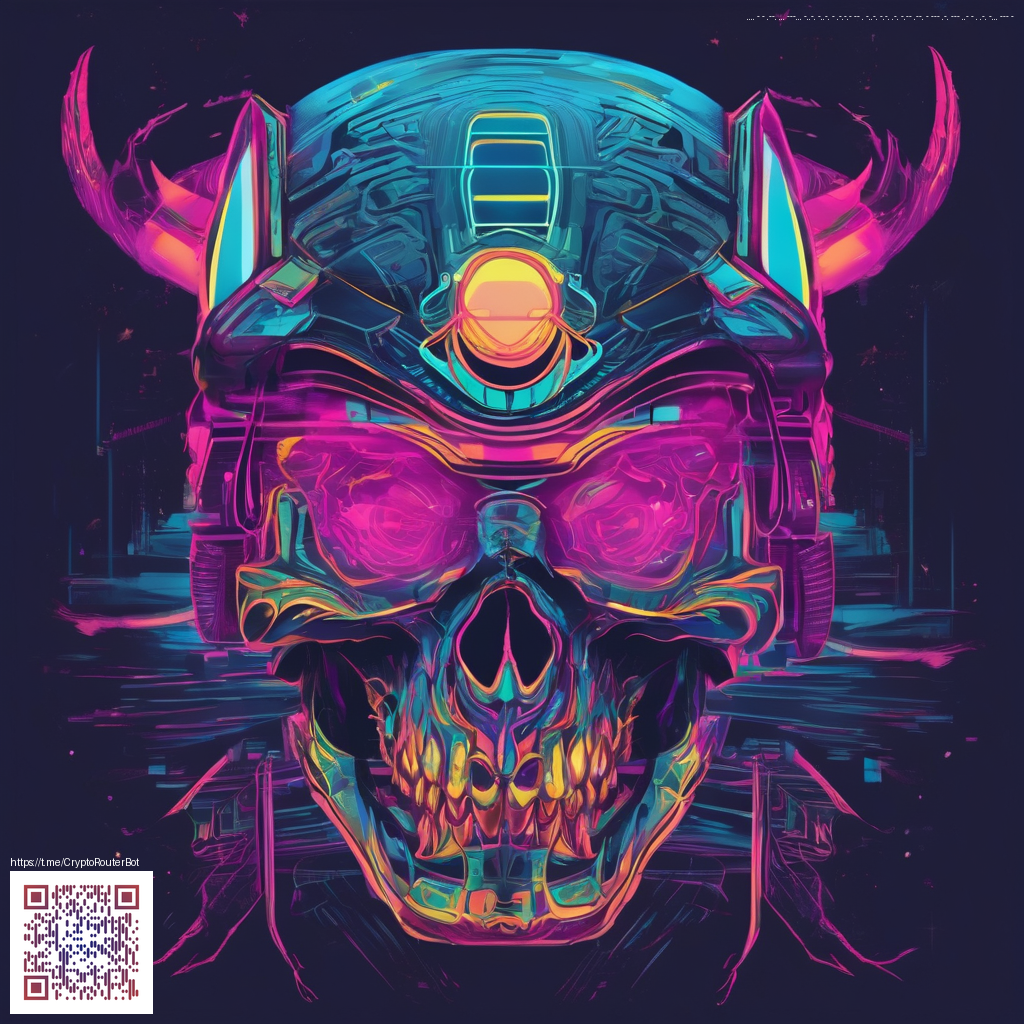
Design Sprints as a Fast-Track Innovation Method
Design sprints compress the best parts of research, ideation, decision-making, and prototyping into a focused, collaborative week. When done right, they turn ambiguity into actionable outcomes in a matter of days rather than months. The goal isn’t to perfect every detail in one sprint; it’s to align the team, test critical assumptions, and set a clear path forward. 💡✨
“A sprint is a five-day process for answering critical questions through prototyping and user feedback.” It’s a disciplined ritual that turns ideas into validated decisions, fast. 🚀
To run an effective sprint, you need the right structure, the right people, and a shared understanding of what success looks like. The process works best when you treat it as a framework rather than a rigid script. When you respect timeboxing, facilitation, and stakeholder focus, you create momentum that sustains post-sprint momentum as well. 🧭
Phase-by-Phase Rhythm: A Clear Five-Day Map
Most design sprints follow a five-day rhythm that keeps energy high and decisions crisp. Here’s a practical outline you can adapt to your team:
- Monday — Understand and map: Define the long-term goal, identify user pain points, and surface a few critical questions. Create a map that clarifies the user journey and the metrics you’ll care about. Team alignment is the backbone of a productive week. 🗺️
- Tuesday — Sketch and divergent thinking: Encourage everyone to sketch solutions, drawing clean, low-fidelity representations. The emphasis is on quantity and variety, not polish. A fast, parallel ideation phase prevents bottlenecks later on. 🧩
- Wednesday — Decide and storyboard: Review sketches, critique ideas, and converge on a chosen concept. Build a storyboard that outlines the user’s path through the prototype step by step. Clarity here prevents misinterpretations during testing. 🎯
- Thursday — Prototype: Create a realistic, testable prototype that captures the essence of the chosen idea. It doesn’t have to be perfect; it needs to be tangible enough for genuine user feedback.
- Friday — Test with real users: Observe authentic reactions, gather insights, and document what to build next. The goal is a clear set of validated or invalidated assumptions to guide the roadmap. 🧪
Each day is a container for focused work, with timeboxed activities that keep the group moving. The cadence helps teams avoid analysis paralysis and ensures decisions emerge from concrete evidence rather than opinions. 🔎
Setting Your Sprint Up for Success
- Define a crisp challenge: Start with a single, measurable problem to solve. A well-framed challenge provides direction and keeps discussions constructive. 🎯
- Assemble the right team: Include a mix of product, design, engineering, and customer-facing roles. More diversity in perspectives leads to more robust solutions. 🤝
- Choose a sprint master: A facilitator who can keep time, mediate disagreements, and protect the sprint’s focus is essential. 🧭
- Timebox relentlessly: Use strict blocks for each activity and publish the plan at the start of the day so everyone buys in. ⏱️
- Materialize decisions with artifacts: Sketches, storyboards, and a prototype feed back into a shared narrative you can test with users. 🗂️
Having a tangible prop during prototyping can help your team stay grounded in real-user interactions. For example, Phone Grip Reusable Adhesive Holder Kickstand offers a practical way to simulate one-handed use on mobile devices while you evaluate navigation and reach. It’s a small detail that can reveal usability gaps early. 💡
Tools, Templates, and Practical Tips
- Lightning sketches: Quick, rough drawings to express ideas without committing to details. The speed keeps the creative flow high. 📝
- Storyboarding: A linear narrative that mirrors the user’s journey through your concept, ensuring alignment across disciplines. 🎬
- Prototype fidelity: Start with a believable facade rather than a perfect product. A well-crafted facade can elicit meaningful feedback without overinvesting in polish. 🧪
- Decision log: Capture the “why” behind each choice so future work has context and justification. 🗒️
- Remote collaboration: If your team is distributed, use synchronous sessions and shared visual canvases to maintain energy and pace. 🌐
For teams seeking a structured framework, a detailed sprint playbook can be a lifesaver. A well-told workflow, like the one described in resources such as Sprint Playbook, helps you lock in best practices while leaving room for your unique team culture. 🧭
Remember: success isn’t about delivering a perfect product in five days. It’s about learning fast, validating critical bets, and creating a concrete plan for the next steps. The real value comes from decisions that are informed by user reactions, lightweight prototypes, and a shared sense of momentum. If you’re prototyping mobile experiences, having a small physical prop like a grip holder can illuminate real-world constraints that digital-only experiments might miss. 🚀